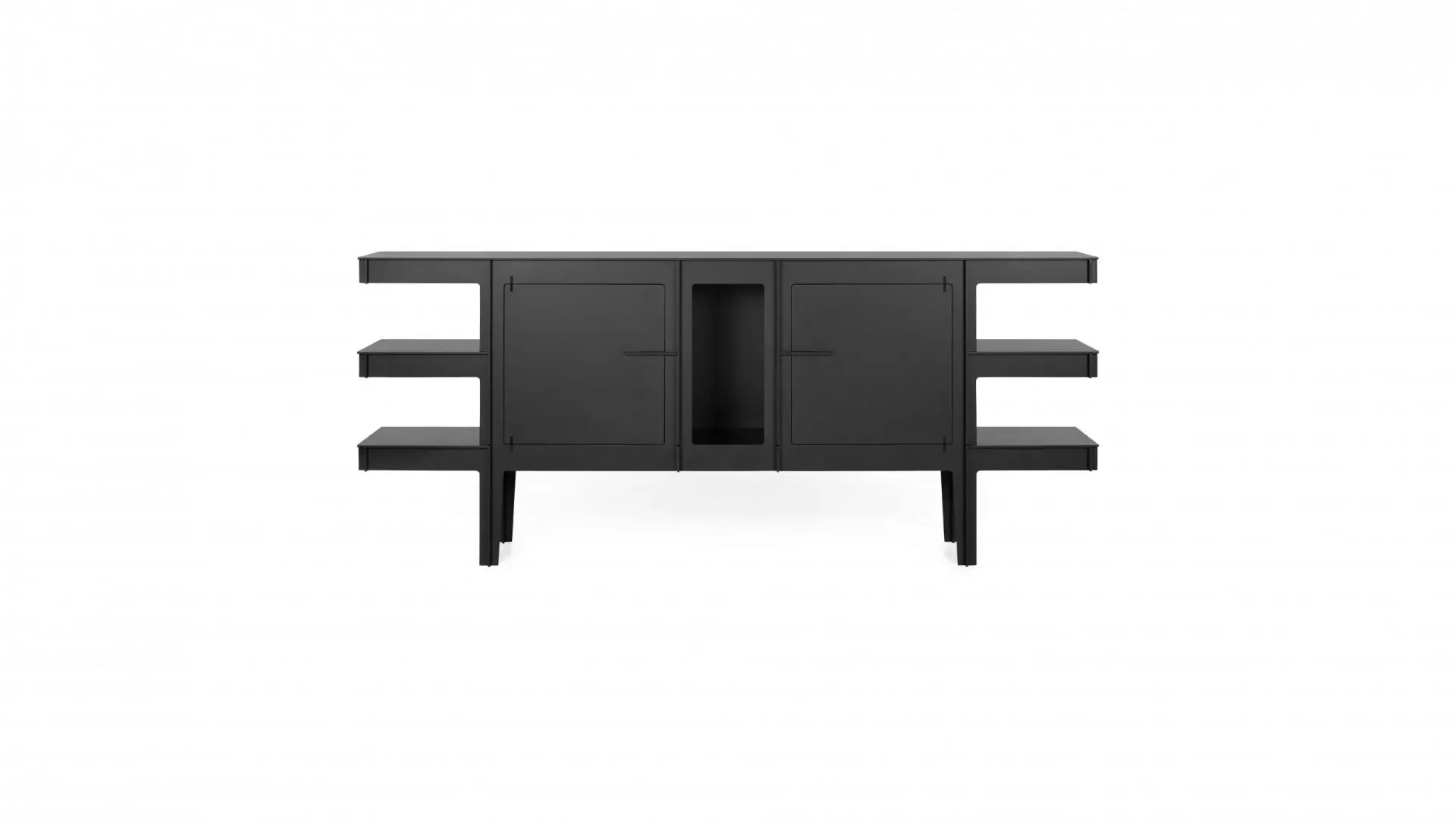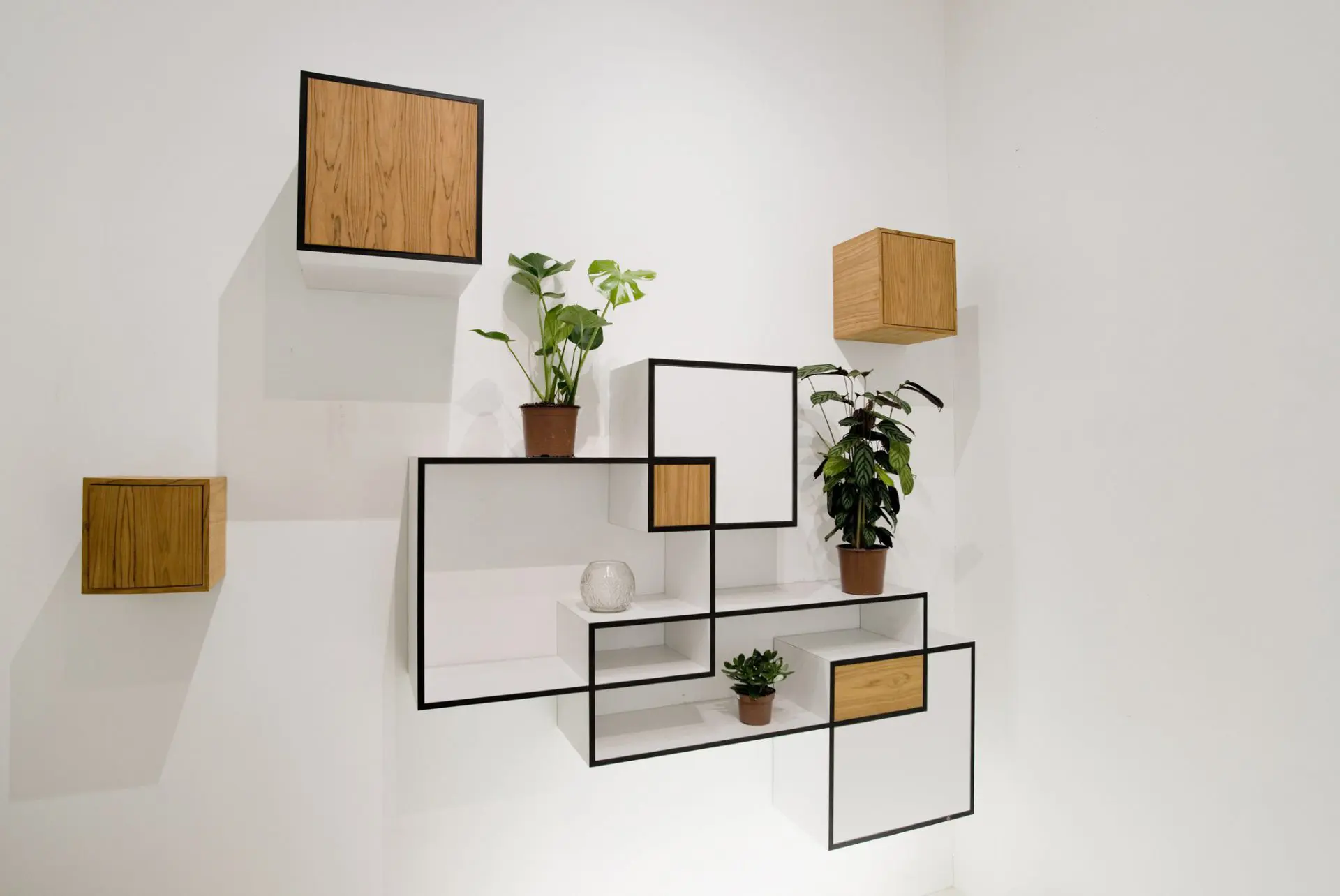Design for a moving world: Nicolas Guillamot’s urban objects
In a world in flux, the French designer reclaims ancestral gestures of collecting and making. Through DIY, salvaged materials and a mobile mindset, his furniture speaks to a future already underway – shaped by migration, adaptation, and urban reinvention.

Laboratories, for designers, are the mind’s room – a space for exploration, play, research. A space where skills take shape, and ideas are tested on the ground. But as our planet undergoes rapid and often violent transformation, design too must evolve: it must adapt, question itself, and define new habits in tune with this ongoing shift. So when we reflect on the state of things – climate change, migration, pollution, and the reconfiguration of our ecosystems – we must also reconsider how the design discipline itself is being reshaped. This is where the work of Nicolas Guillamot and his project Design Den becomes particularly relevant.
His practice stands out as a kind of “nomadic laboratory” – an observant, agile space of action, where he operates as a collector, a discoverer. Much like our ancestors, who lived for millennia relying only on what they had around them, Nicolas has learned to see value – even potential – in what we commonly dismiss as waste. In the discarded furniture and urban debris of Paris, he uncovers the raw material for a new kind of design thinking. The premise is simple: we’ve produced far more than we need, mined the Earth without asking ourselves what the real purpose was. And now, we’re buried in the excess. So let’s start from here – by reusing, rethinking, and actually recycling.
Gallery
Open full width
Open full width
Gallery
Close full width
Close full width
Born as a reaction to the urgencies of our time, his design is deeply rooted in context. It responds to the need for alternatives to a saturated system, while cutting back to what truly matters – in both tools and use. Exploration, reuse, self-construction, and collective practices are the spine of a creative process that suggests new ways of inhabiting the everyday and the urban, of producing and spreading knowledge, of observing and engaging with the world around us.

In this context, his approach is straightforward: from the street, for the street, proposing a new image of circularity. His objects – chairs, tables, disposable components, as well as more complex pieces – aim to become part of an evolving urban landscape, where life is constantly on the move and we begin to carry our own furniture. This vision is particularly relevant as we rethink our living systems, in the spaces and futures we are already inhabiting – a future that is, in fact, our present.

If we are to reimagine our homes and domestic environments, we must let go of the idea of their permanence. The concept of the domestic, already challenged in the MoMA’s 1972 Italy: The New Domestic Landscape exhibition, has evolved from a static ideal into something far more fluid – shaped by moods, by habits, and increasingly, by movement.
No longer anchored to a single place, our lives now migrate for work, for housing, and, more urgently, for climate. Within this shifting frame, Guillamot’s work finds deeper meaning: a mobile, replicable response rooted in the self-design principles of figures like Enzo Mari, offering tangible solutions to the challenges ahead. His furniture becomes part of the baggage we carry toward a different future.

But beyond the physicality of objects, what’s striking is the way his practice invites us to observe, question, and participate. There’s a democratic impulse at play – not just in how materials are reclaimed, but in how knowledge is shared, how skills are reactivated, and how design becomes accessible, even teachable.
His work suggests a design that doesn’t impose, but interacts – not a final form, but a process in motion. It encourages us to see differently, to engage actively, to treat the city not as a finished product but as a living, open-ended platform.

In that sense, the pieces emerging from Design Den aren’t just recycled, they’re recharged. They’re fragments of a society in transition, meant to be carried, reassembled, inhabited. Elements that quite literally dress our lives, not as decoration, but as companions in a shared and shifting space.











